Here are the ten must-read retellings of the legend of King Arthur, which encapsulate the spirit of Arthuriana through a network of narratives.
The legends of King Arthur and the Knights of the Round Table are one of the great foundation myths in literature. Many have claimed Arthur for their own: the Welsh, the Irish, even British nationalists. There is no single perfect compilation of the story of King Arthur. Each telling draws from different sources and adds another stitch to the tapestry. Even the earliest sources are records of oral histories of the thrones of yesteryears.
The legends of King Arthur can be used to tell many different stories. The skeletons of the stories are as old as rocks, though the content varies, and the people are always lost and lonely. For every new era, there is a new Arthur, a new myth cut and woven into suitable shapes to answer a new crisis. After all, he’s the once and future king. The sheer volume of stories can be liberatory. It can also be crushing: these stories end, despite the best efforts, in a ruined kingdom. Arthur is the cause and creator of doom; the legend is a fairy tale that attacks its own substance. By nature, its central tragedy is ripe for parody.
Each rendition works in a new image in a network of narratives. Authors pick and choose what interests them, as do readers, and this makes Arthuriana the perfect site for tellings and retellings. Without further ado, let’s jump into the 10 best retellings of the legend of King Arthur that you must read.
- 1. The Once and Future King by T.H. White (1958)
- 2. The Warlord Chronicles by Bernard Cornwell (1995-1997)
- 3. Perilous Times: A Novel by Thomas D. Lee (2023)
- 4. The Merlin Trilogy by Mary Stewart (1970-1979)
- 5. Spear by Nicola Griffith (2022)
- 6. Idylls of the King by Alfred Tennyson (1859-1885)
- 7. The Fionavar Tapestry by Guy Gavriel Kay (1984-1986)
- 8. The Pendragon Cycle by Stephen R. Lawhead (1987-1999)
- 9. Mad Merlin by J. Robert King (2001)
- 10. A Connecticut Yankee in King Arthur’s Court by Mark Twain (1889)
1. The Once and Future King by T.H. White (1958)

T.H. White’s The Once and Future King is a quartet of novels published later as a single volume. White draws on the traditional Arthurian myth from Sir Thomas Malory’s Le Morte d’Arthur. Each of the four sections details different aspects of Arthur’s life and Arthurian Britain in general. The first section – The Sword in the Stone – deals with the orphaned Arthur’s youth, where he is raised by Sir Ector as Wart. Wart is trained as a knight, encounters strange and wonderful beasts, and is finally taken under Merlyn’s tutelage. The Queen of Air and Darkness introduces the idea of the Knights of the Round Table as well as characters who will later contribute to Arthur’s downfall. The Ill-Made Knight tells the many adventures and misadventures of the bravest and the best of the knights, Sir Lancelot. The Candle in the Wind follows the last few weeks of Arthur’s reign when he is facing revolt from his nephew-son Mordred and the ruin of his kingdom.
Written over several years, each book serving a different purpose and aimed at different audiences, reading The Once and Future King is an exercise in tonal dissonance. The Sword in the Stone, intended for younger readers, is cheerful, whimsical and fantastical. Arthur learns about the know-how of ruling and responsibility, and his lessons involve him being turned into insects or animals to see how their societies are run. Yet under the childish fantasy lies a sharper political sentiment. He learns about totalitarianism and absolutism. His stomach turns at the endless, pointless wars. And so, in the following sections detailing his reign, Arthur devotes himself to curbing the brutal excesses of feudalism.
The overt political statements make sense when we consider that White was writing primarily for a post-war audience. The book uses the more commonly known perspective of a mediaeval version of Arthur. The tone is humorous and sad; the dramatis personae are populated by the lonely and the compromised. The Once and Future King is an Arthurian retelling that takes the classic tropes and spins them into an examination of the nature of power.
Also Read: Explore the World: A Literary Tour Through Paris in 10 Books
2. The Warlord Chronicles by Bernard Cornwell (1995-1997)
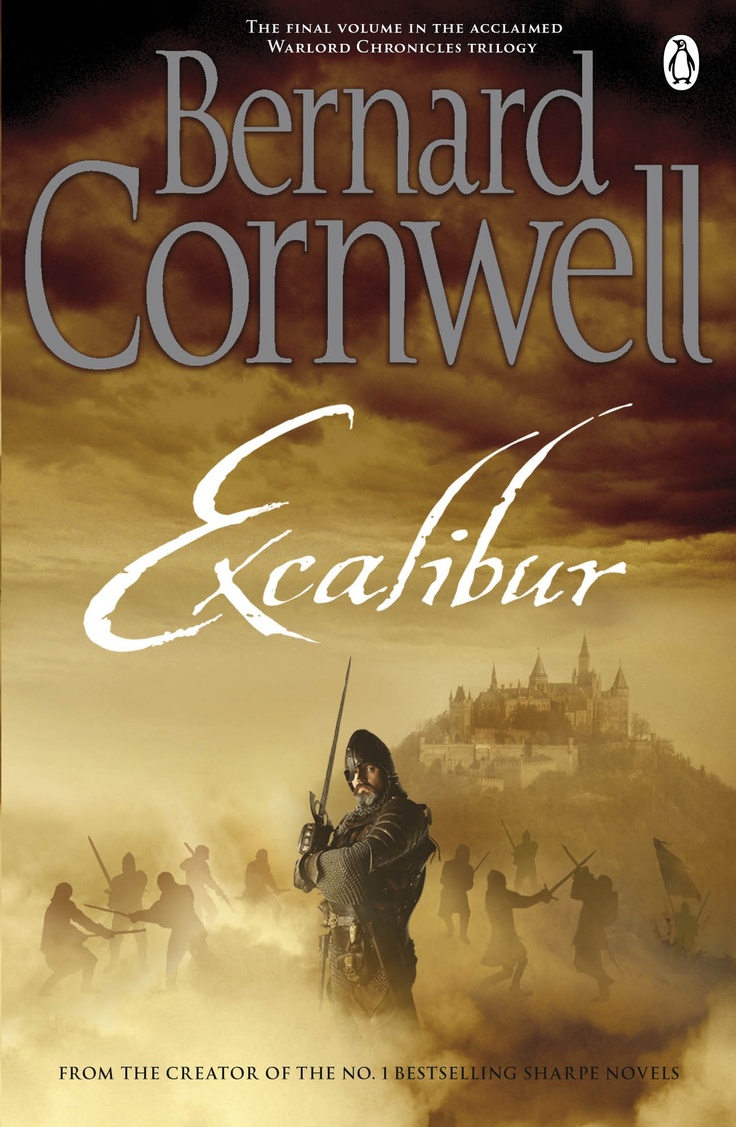
Bernard Cornwell’s The Warlord Chronicles is a series of three novels of historical fiction weaving Arthurian legends into post-Roman Britain. As the name suggests, Cornwell recasts Arthur from the mythical king to a great warlord in the sixth century. The protagonist and narrator is Derfel Cadarn, once a warrior and Arthur’s loyal friend and advisor, now an elderly Christian monk who begins to record his tales of those bygone days. Beginning with The Winter King, his narration continues with Enemy of God and concludes in the final book, Excalibur.
Bernard Cornwell is, for many, synonymous with historical fiction. The setting is the British Isles, torn between invasions and internal power struggles. Filled with historically plausible details, The Warlord Chronicles depicts Anglo-Saxon invasions, Irish raids and struggles between Christianity and Druidic religions. This is King Arthur’s legend as it could have happened, with the passage of recorded history unfolding with the fictional narrative. His characters are sketched with significant differences. Gone are the chivalric knights and the kindly, absent-minded wizards. This is a compelling cast of petty and self-serving warlords and druids fighting in a country fallen into chaos. Cornwell also subtly hints at magic but leaves it up to the readers’ interpretations. The stakes are high all around, and the book is tensely plotted. It’s a fantastic portrayal of the end of an era, and his storytelling skills are on full display.
3. Perilous Times: A Novel by Thomas D. Lee (2023)
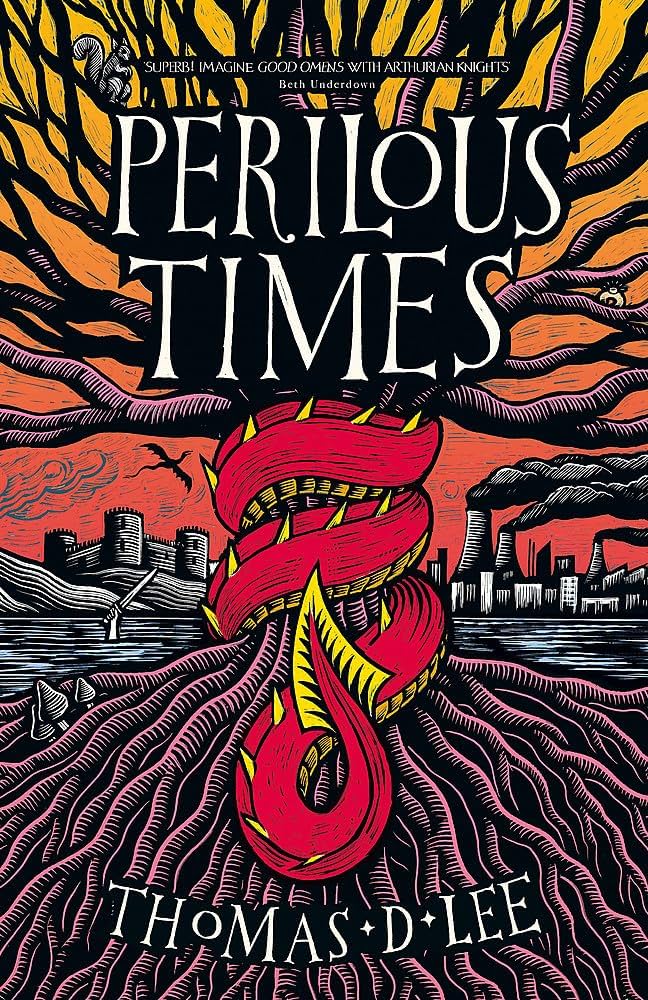
This retelling exploits the weird, surrealist nature of Arthuriana right off the bat. It’s set at the end of days as the UK is being swallowed by rising seas, while on whatever’s left of dry land, half of Britain’s been sold to private powers and the other half has devolved into factions (oh, and a dragon is running amok!). Sir Kay, Knight of the Round Table, brother of King Arthur, is roused from his eternal slumber and told to go and defend the realm. Of course, this isn’t the first time he’s been awakened. His slumber has been rather disturbed of late; Sir Kay and his fellow knights have been called forth dozens of times, each conflict bloodier and more morally implicating than the last.
Here is an example of a book that uses the Arthurian legends as a tool rather than an end in itself. After that weird-as-hell set-up, Lee goes from heights to humorous heights in these perilous times. The usual cast of heroes is accompanied by dedicated climate activists as they face food shortages, factional crises, evil corporations and climate change. It’s silly, sarcastic, poignant and an immensely enjoyable read. At times, even resembling Pratchett and his biting satire, Perilous Times is an inventive retelling that pits the dangers of climate change against the legend of Arthur’s return in times of great need.
4. The Merlin Trilogy by Mary Stewart (1970-1979)
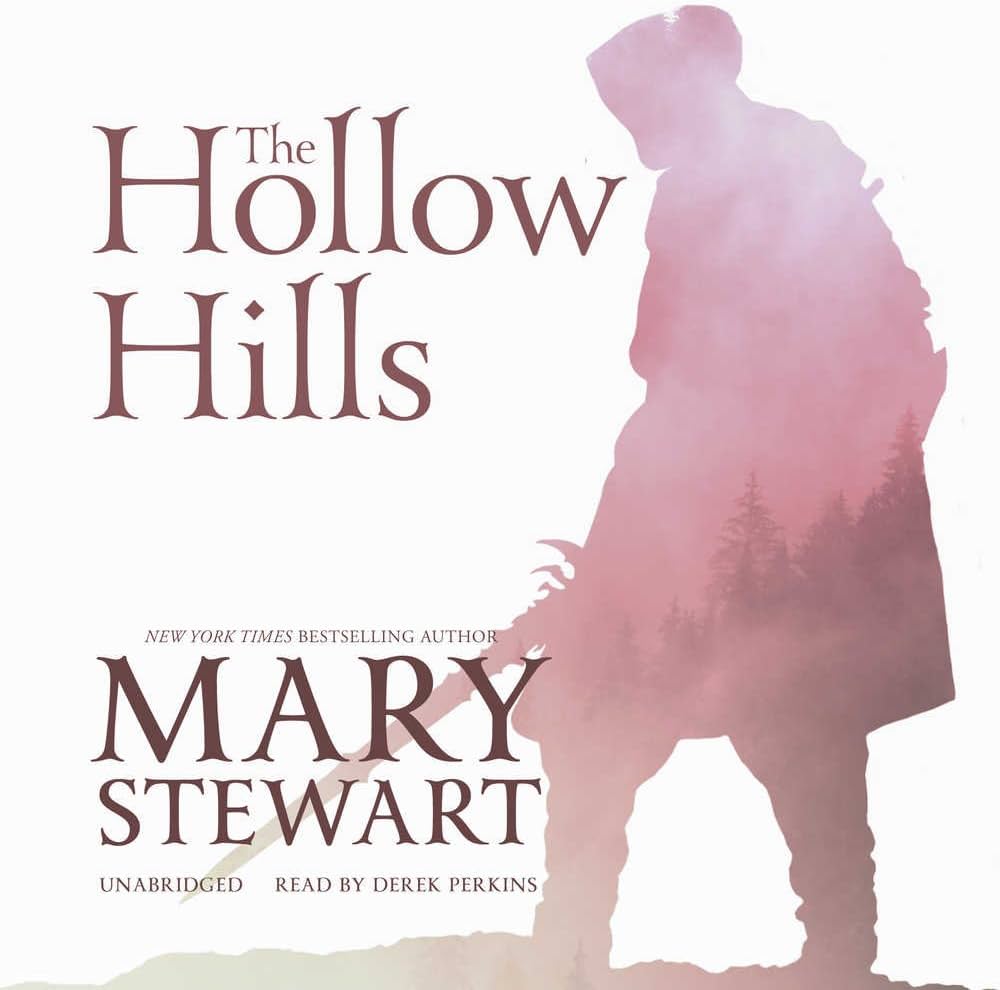
Mary Stewart’s Merlin Trilogy, an elegant blend of fantasy and historicism, takes Merlin as its central character. Unlike the traditional mediaeval enchanter, Stewart traces Merlin’s childhood and coming-of-age in the first book of the series, The Crystal Cave. The second and third book, The Hollow Hills and The Last Enchantment, respectively, follows Merlin as he raises and tutors a young Arthur; when Arthur becomes king and begins the task of uniting all of Britain, Merlin aids him as an advisor and a spy. While from the premise it may seem that Stewart’s works stand in the shadow of The Once and Future King, Stewart instead forays into the fragmented strongholds of a disappearing empire. She masterfully stitches together myth and history, conjuring likely scenarios that could morph into the legend as we know it.
Focused entirely on Merlin, there is a sense of sadness woven throughout the death of a dream no effort can avoid. It puts a human face on the ancient and legendary magician. He is calculating, flawed, and often naïve. The Merlin Trilogy exemplifies the spirit of the fantasy resurgence of the seventies, with a new vision for much-told tales, morally fraught struggles and ambiguous heroes and villains.
5. Spear by Nicola Griffith (2022)

Spear is Nicola Griffith’s queer Arthurian retelling that imagines the knight Percival as the young Welsh girl Peretur who has been raised alone in the wilderness by her mother. Peretur has telekinetic abilities, can communicate with animals and has visions of distant lakes and strange lands. When travellers arrive bearing tales of King Artos in Caer Leon, she knows her future lies far from home. Disguised as a boy and armed only with her hunting spear, eager for adventure and magic, she rides off into the distance.
Griffith manages to refashion the familiar myths of Arthur in a refreshingly new manner. The novella is brimming with the magic and mystery of Arthurian mythos. Characters are often gender-bent and race-bent, but the conceptual framework remains old and familiar. It’s a new and original take on a beloved household fantasy. Griffith draws deeply from Welsh culture and traditions, and instead of the usual names of Merlin and Arthur, she uses the Welsh alternatives. Guinevere becomes Gwenhwyfar; Merlin becomes Myrddyn; and Arthur, Artos. In Griffith’s capable hands, the common tropes of Arthurian myths become explorations of queerness and identity. That is not all Spear is, however, and reducing it to a genderqueer twist on all things Camelot would be doing it a disservice. Griffith hews closely to the structure of the epics, with the young isolated idealist venturing into the world and aspiring to greatness, all the while finding and creating strength in structures that would rather exclude her.
Also Read: How Feminist Retellings are Quickly Shaping our Understanding of Myths
6. Idylls of the King by Alfred Tennyson (1859-1885)
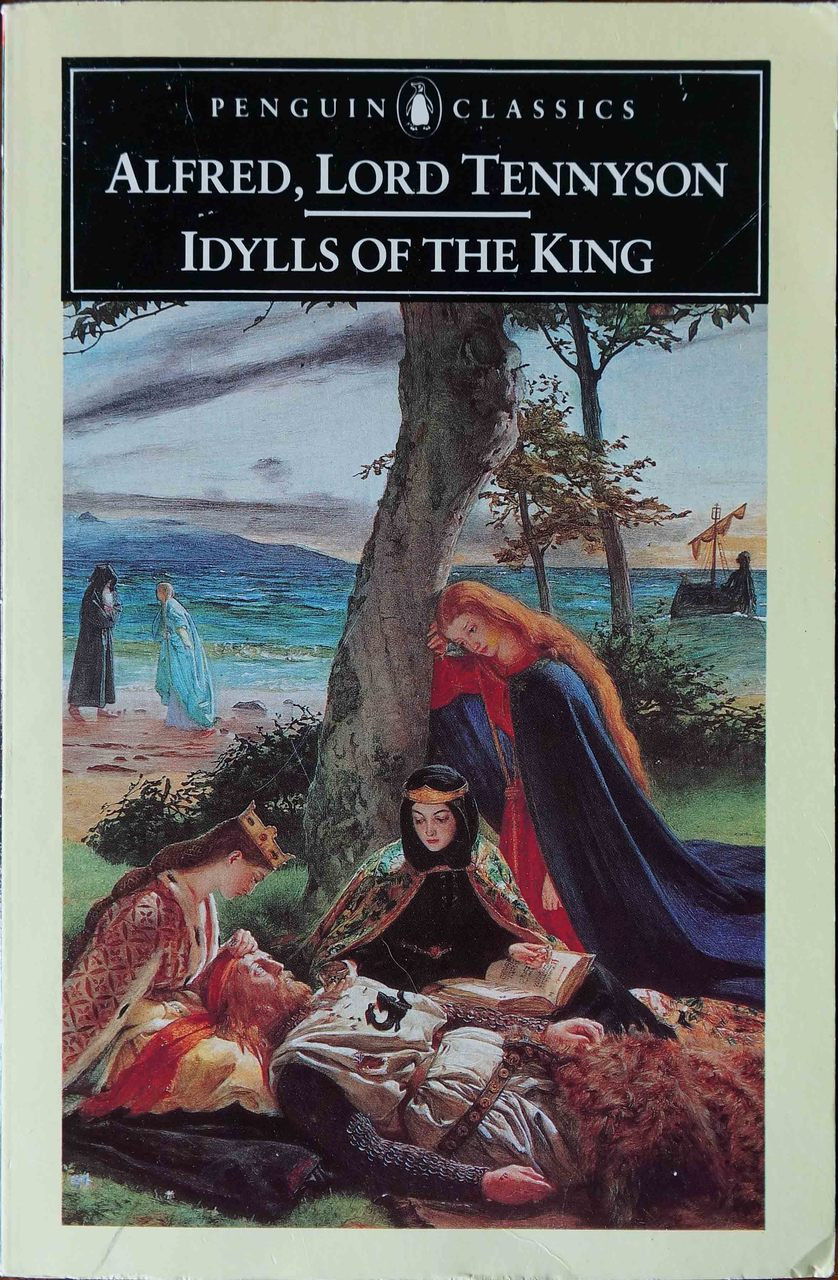
Idylls of the King is Alfred Tennyson’s series of twelve narrative poems written over nearly twenty years. The Idylls trace Arthur’s life, from his coronation and ascension to the throne of Camelot to his marriage to Guinevere, his refusal to pay homage to Rome, and his efforts and eventual failure to build a new society out of the old order. Each individual poem details the deeds of various knights, with Arthur’s central figure as the connective tissue of the tale.
Drawing primarily from Thomas Malory’s Le Morte d’Arthur and the Welsh Mabinogion, the Idylls reflect Tennyson’s lifelong preoccupation with the themes of the Arthurian legends; the poems, therefore, closely follow the events of the original texts: Arthur as the ideal king, undone by his adulterous queen and his closest knight, as well as his own tragic flaw; the quest for the Grail; and the final ruinous battle that costs him his life and his kingdom.
Tennyson’s poem reflects a lost, dreamlike age of chivalric heroes and deep magic. A landmark of Victorian Literature, the Idylls are, above all, Romances, traced with otherworldly and superhuman beauty. Arthur is both a hero and a man, going from the highest ideals to the bitterest disillusionment. He is surrounded by a cast of self-destructive characters whose quests for greatness are soured by greed, pride, and an incapacity for contentment. It’s a tale of lost innocence and moral decay. With each passing Idyll, the certainty of doom only grows in strength. He builds perfection and beauty, only to shatter it from within. Tennyson’s prose is lyrical and beautiful and will leave you feeling haunted by tormented kings eons dead.
7. The Fionavar Tapestry by Guy Gavriel Kay (1984-1986)
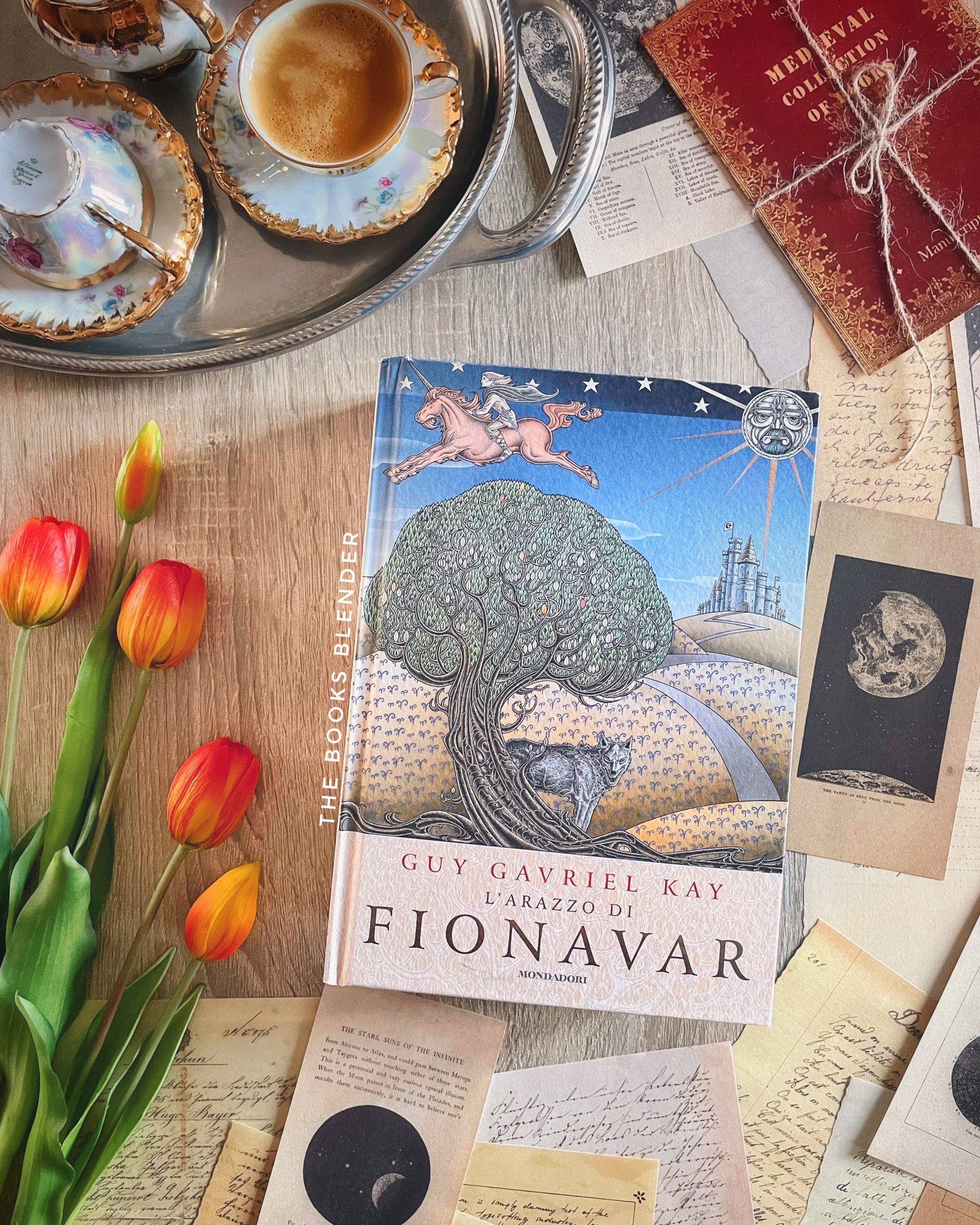
The Fionavar Tapestry by Guy Gavriel Kay is a series of hard-core high fantasy with all of the classic tropes in one trilogy. It begins as a standard portal fantasy starring five Canadians drawn into the world of Fionavar, which is replete with elves, dwarves, and terrible villains. These five must now take up arms against a great evil unleashed after years of imprisonment. Into this world of Fionavar, Kay weaves in elements of myths, folklore, and well-loved conventions of fantasy.
What starts off as a fairly cliché plotline soon takes a turn for the profound and the confounding, with dark and heartbreaking twists. Guy Gavriel Kay worked with Christopher Tolkien to edit the Silmarillion and his love for all things Tolkien displays in his works. His prose is poetic, lyrical and gut-wrenching, and his work often veers into the zone of a direct commentary of Tolkien. His characters all display a wit and charm commonly associated with his writings. King Arthur makes his appearance late in the story but remains the beating heart of it all.
Drawn to epic scales and melodramatic, emotional and over-the-top, The Fionavar Trilogy would be a favourite of fantasy lovers. It’s a gorgeous, spectacular work about people struggling in the face of insurmountable evil but never giving way to total darkness.
8. The Pendragon Cycle by Stephen R. Lawhead (1987-1999)
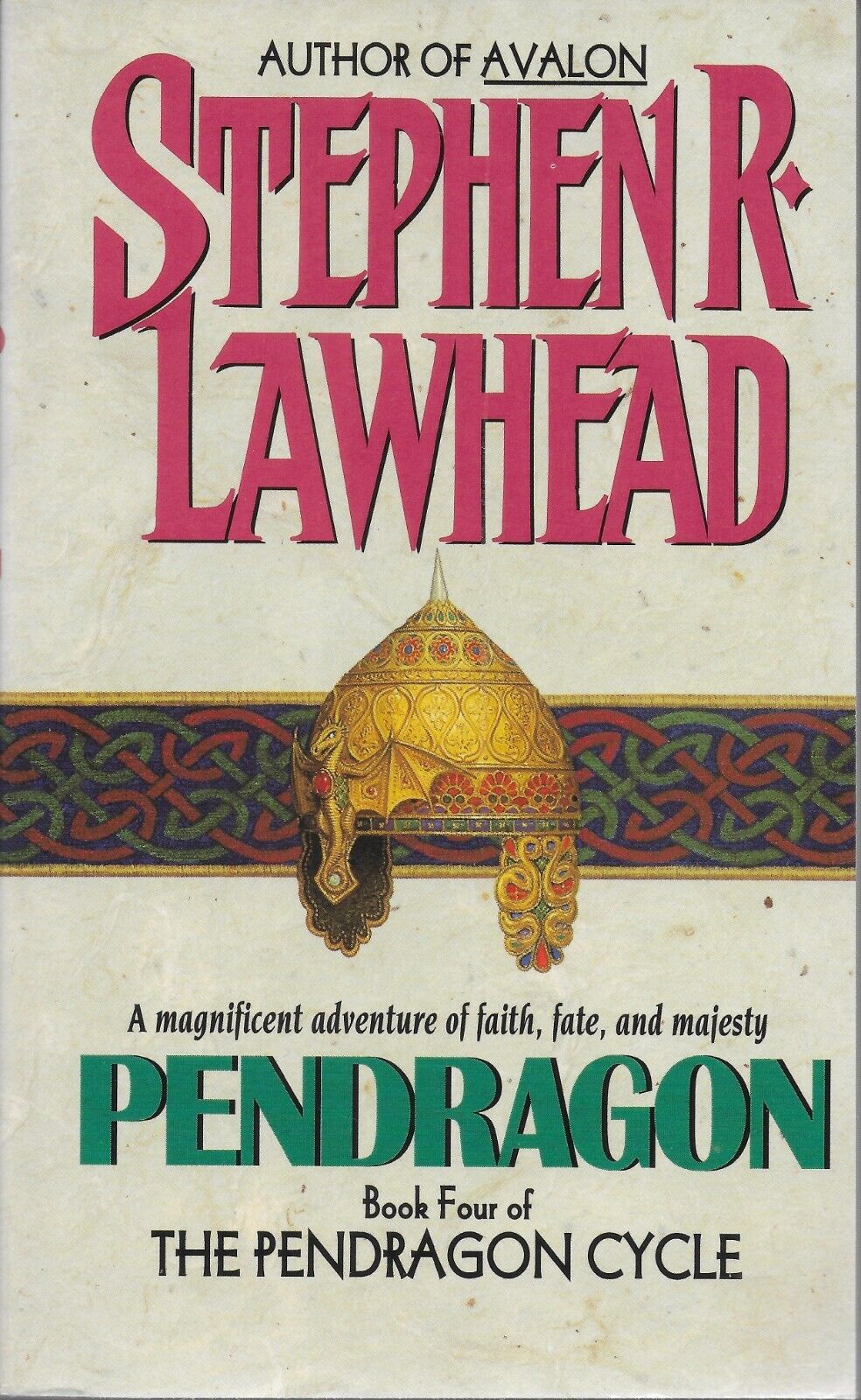
The books in Pendragon Cycle by Stephen R. Lawhead are a much more fantastical retelling of the legend of King Arthur and perhaps the most ambitious in its scope. Lawhead dexterously blends the collapse of Atlantis and the Celtic myths of the sidhe with the cataclysmic withdrawal of Rome from Britain and the spread of Christianity during the Dark Ages as the Holy Grail is carried to the Isles. Princess Charis of Atlantis makes her way to Britain as Taliesin trains as a druid, bard and shaman.
While juggling these conflicting chronologies (Atlantis was first mentioned in Plato’s works; Roman withdrawal from Britain happened in the 4th century), Lawhead, however, manages to create a seamless switch between these various cultures and mythologies. He creates a vivid tapestry of intertwining narratives, romances, treacheries, love and loss. All that being said, Lawhead has a distinct view of the coming Dark Ages and of Arthur’s role in easing over that period. He focuses increasingly on making Arthur a force for Christianity, and at times, the author’s own faith shines through in the course of the story. Nevertheless, Lawhead’s prose is evocative and his plotting compelling, making the series one of the more romantic and straightforward of all the Arthurian retellings.
9. Mad Merlin by J. Robert King (2001)

Mad Merlin by J. Robert King is totally bizarre and not wholly serious in the best way possible, especially since Arthurian satires are a dime a dozen. But right from the very beginning, King’s deft marrying of various mythologies, magic and violence with the whacky set-up makes for a taut and intriguing book.
This epic tale begins with Uther Pendragon asking Merlin’s aid in overrunning a castle and seducing Igraine, the lord’s wife. Merlin, who is completely and hilariously mad in this iteration, decides instead on a different tack: Uther would take the form of the lord of the castle and sneak in to lie with the woman he so loves. From this tryst, Arthur is born, and since the legends are named after him, Arthur naturally has a great destiny to fulfil. As always, he has Merlin as his guide and his trusty god-killer sword, Excalibur and is married to Guinevere of the Fey.
Other than these, however, King’s enormous and epic world is vastly different from the usual Arthurian retellings. After all, the book is about the mad wizard Merlin and the secret to his supernatural powers. And he really is mad. He is plagued by visions; he can talk to gods and can even fight them. He takes on the burden of making Camelot a safe haven for all creatures of Britain, human or otherwise. It’s a goofy, adventurous, and often devastating take on Merlin. It’s new and fresh in ways that haven’t been explored in Arthurian retellings. King mixes mythos and realism and portrays a fantastic pantheon of gods, beasts and monsters. His writing is dense but imaginative, and he sure knows how to spin an epic yarn.
10. A Connecticut Yankee in King Arthur’s Court by Mark Twain (1889)
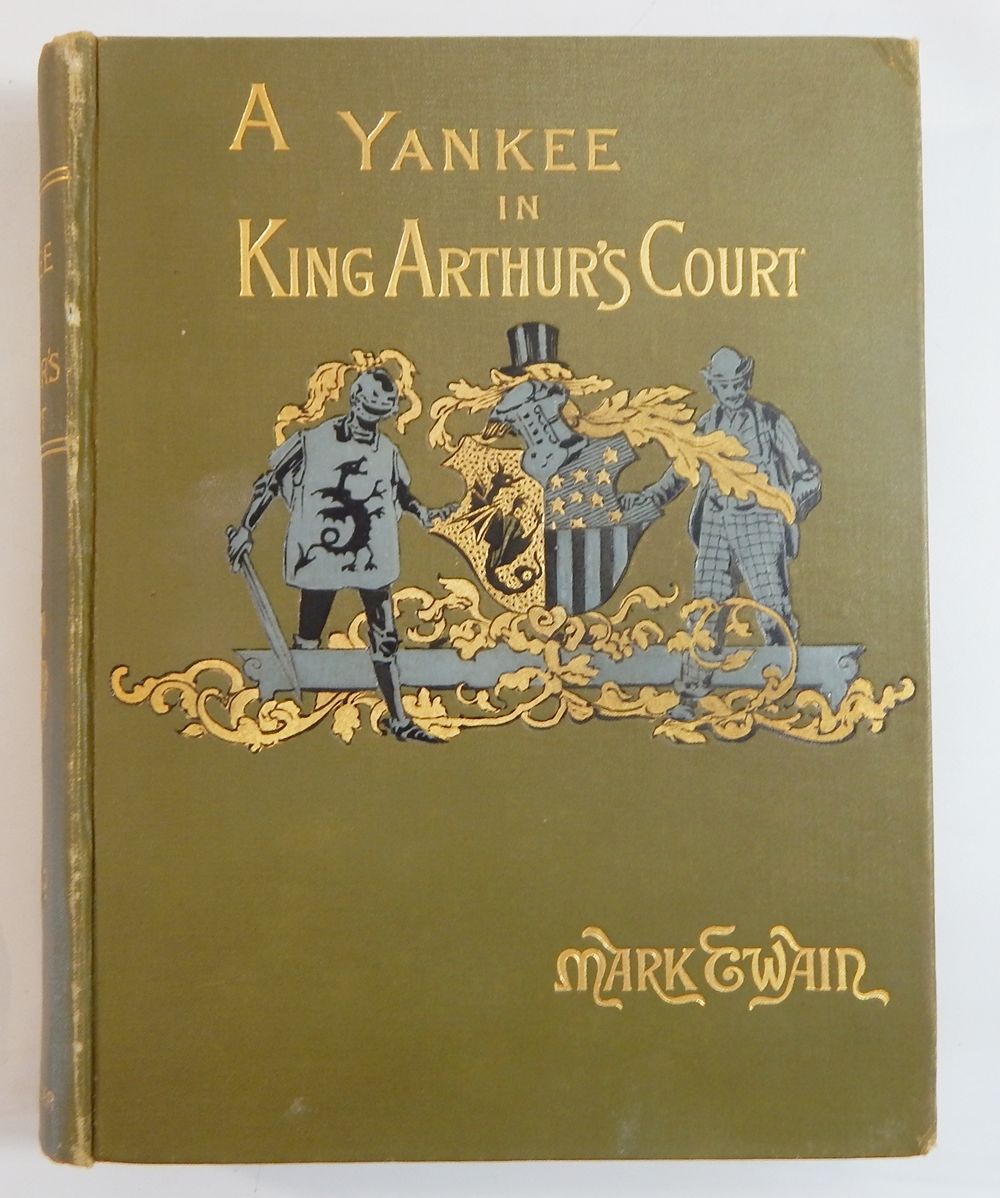
Mark Twain’s A Connecticut Yankee in King Arthur’s Court is one of the must-read classics of satire. This fish-out-of-water story follows Hank Morgan, a skilled mechanic from Connecticut who wakes up in 6th century Camelot after receiving a blow to his head during a brawl in the good old 19th century. Finding himself surrounded by knights, kings, wizards and charlatans, Hank is disgusted by the manner in which feudal lords treat their peasants and vows to re-shape this primitive world according to the enlightened ideals of the 19th century in the form of democracy and technological advancement. Through his knowledge of science and engineering, he quickly finds himself a minister in King Arthur’s court and a rival to Merlin. The second half, however, takes a much darker turn as Hank and Arthur both face mounting challenges and as with all things tackling King Arthur, watch as their dreams slowly disintegrate and find themselves betraying once proudly-held ideals.
An early example of genre-hybrids, Mark Twain, deals with the themes of slavery, abuse of political power, unchecked corruption and technological devastation. The final battle scene is eerily reminiscent of the battles that would take place all over Europe not thirty years after the book’s publication. What starts as a merry romp of a satire quickly becomes a somber reflection of reality for modern readers. With his customary wit and humor, Twain creates a patchwork vehicle that critiqued the excesses of the 19th century by examining the social troubles plaguing the mythical King Arthur.

